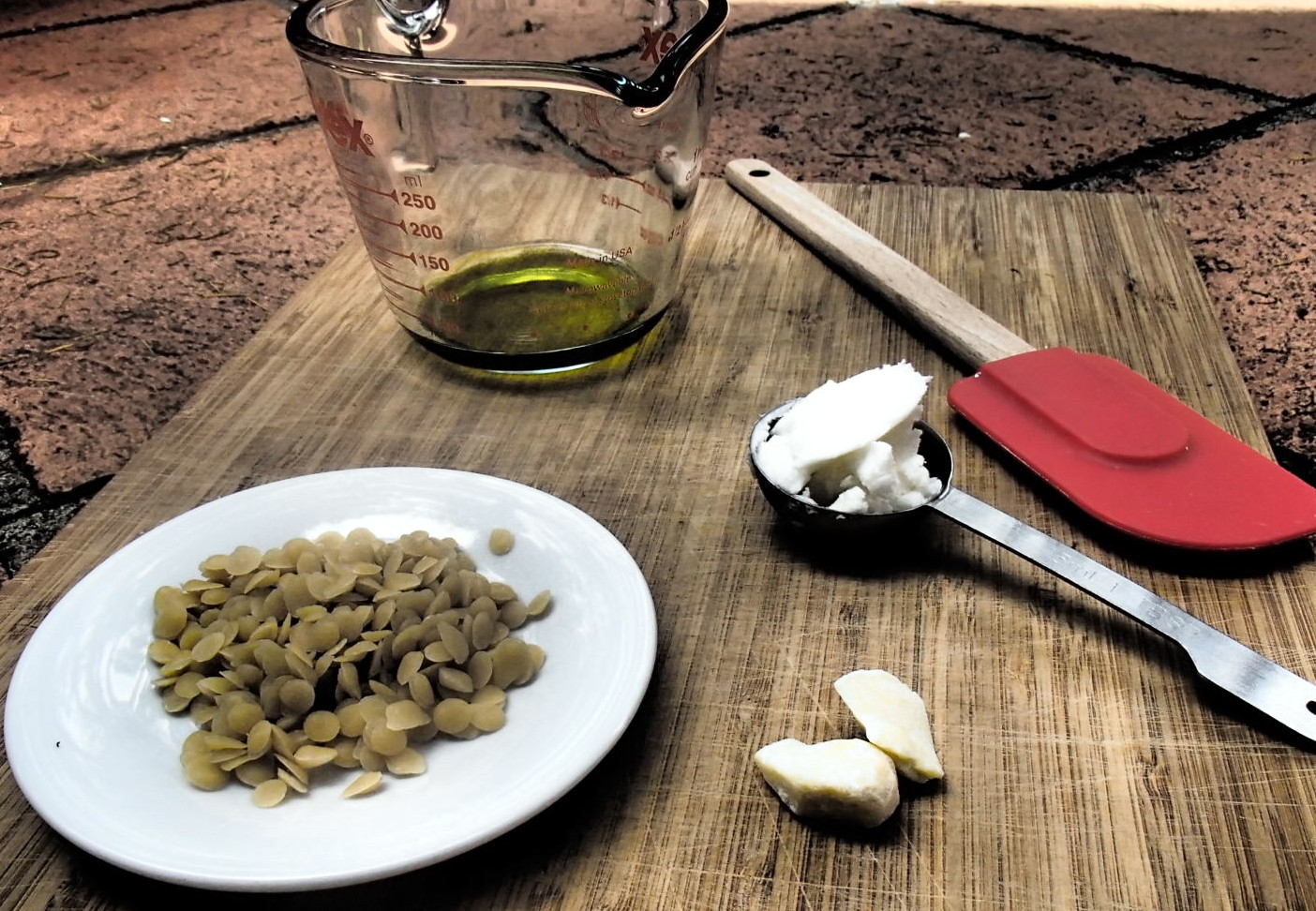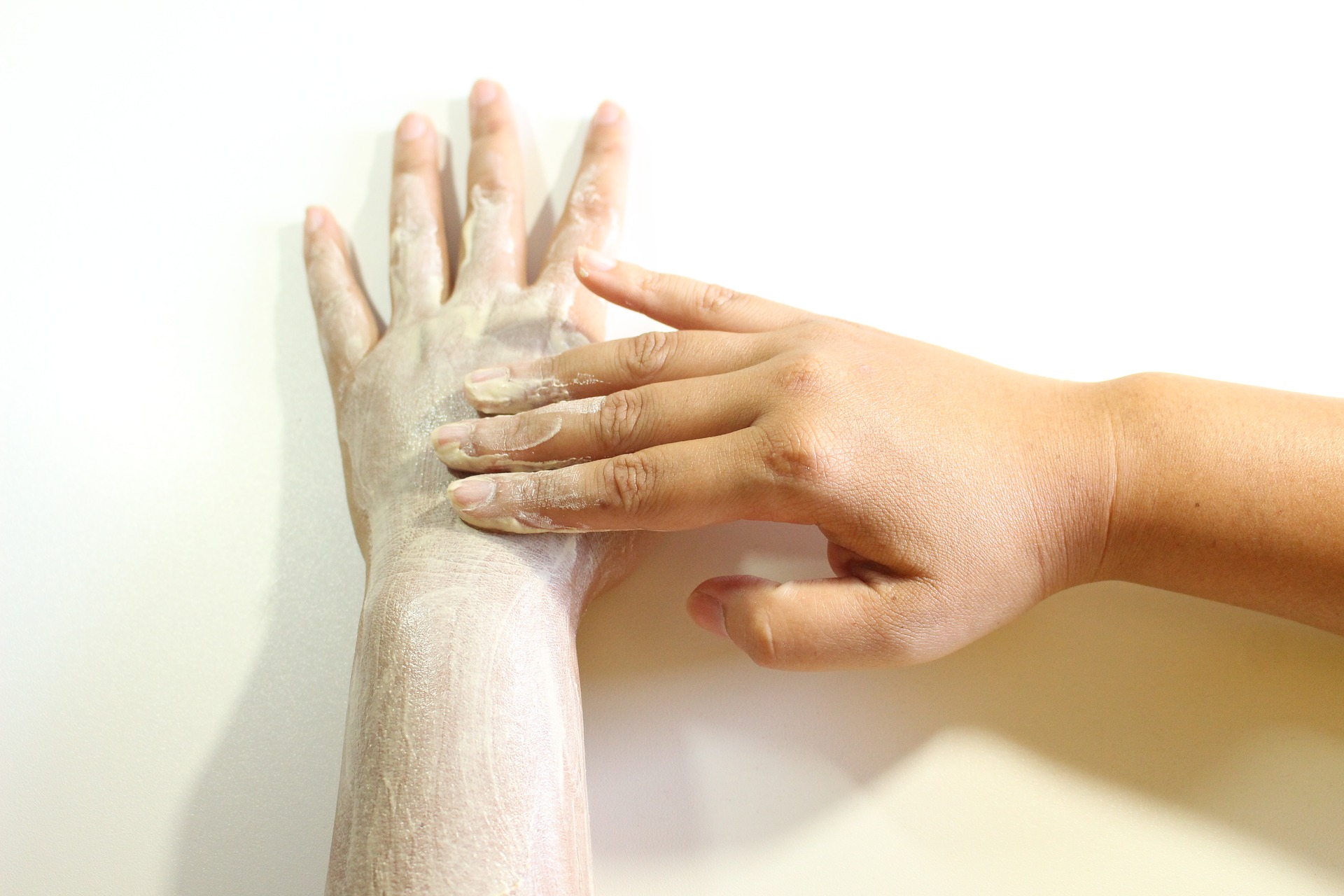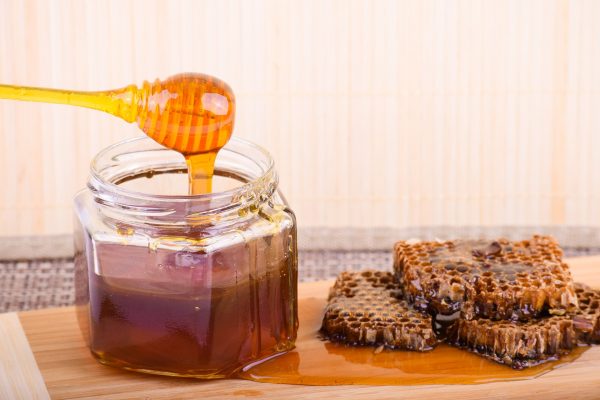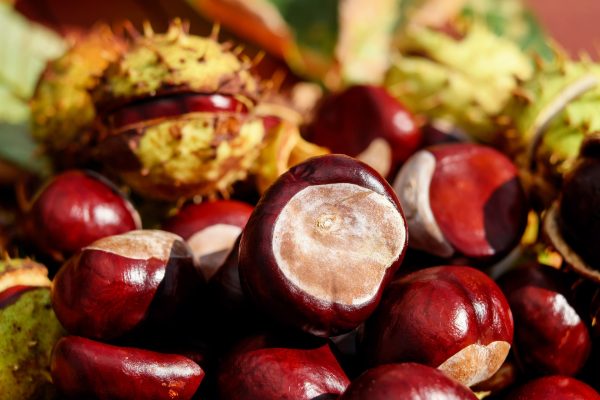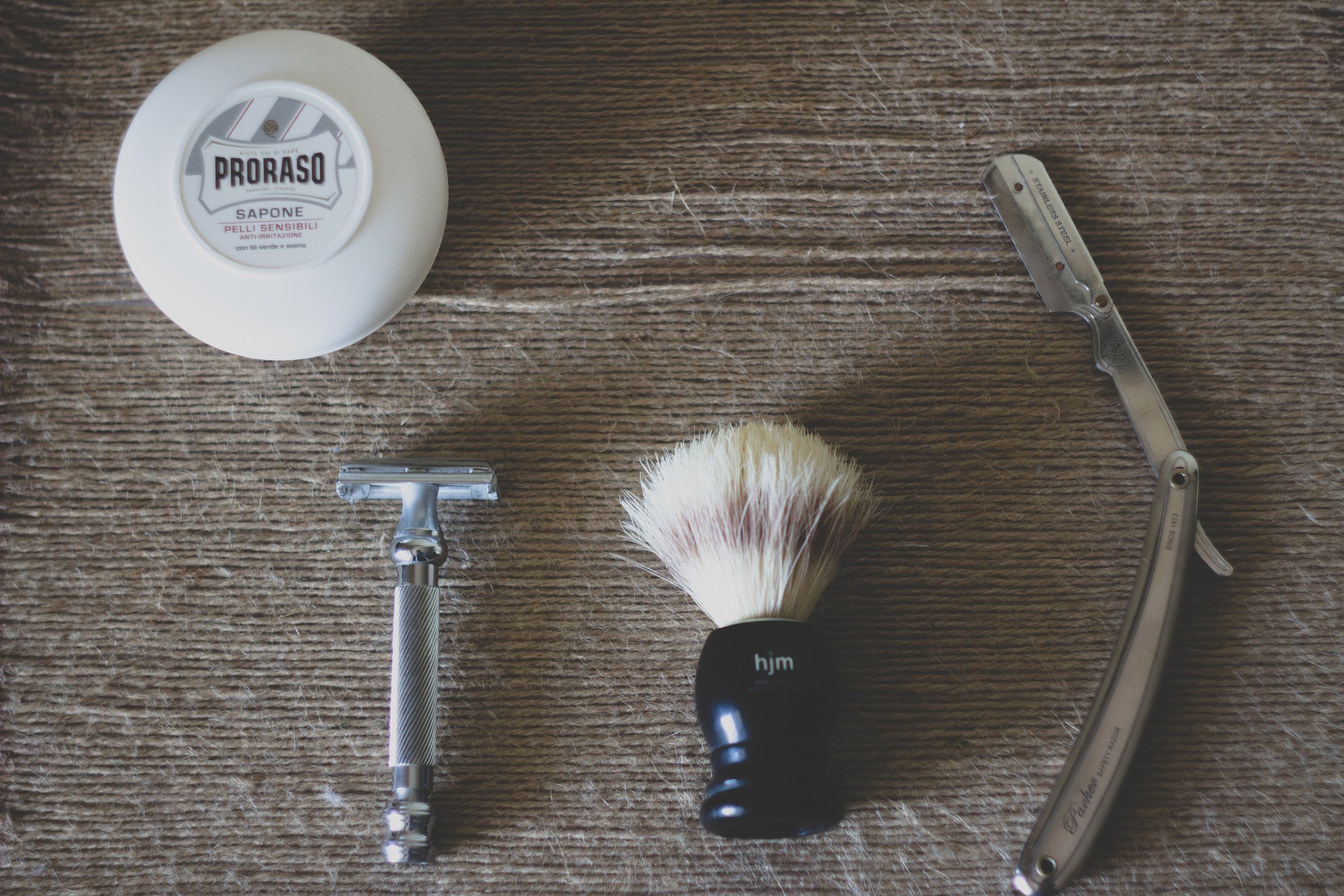I make my own face creams and body butters because I believe it is better for me and my family: I know what I put on my (and my family’s) skin and I want to be able to eat what I put on my skin. After all, my skin is my largest organ and what I put on my skin goes into my body. So, if I can’t (or shouldn’t) eat it, I shouldn’t put it on my skin.
All simple reasoning aside, making my own skin care gives me the feeling that I know what I’m putting on my skin. I use simple ingredients, usually no more than five different oils, butters or wax, and I can play with recipes to my heart’s content. It’s fun trying new things and figuring out what works for me and my skin and what doesn’t. For example, I found that coconut oil isn’t that great for my skin. It makes it flaky and while lots of people swear by the properties of coconut oil I’m not convinced. And I don’t have to be. There are so many other options. One of my favourites: avocado oil. It’s a heavier oil than for example coconut oil but I love how nutritious it is. My skin loves it especially in winter when it’s cold and dry.
Ingredients
There are numerous recipes and opinions about how good (or not) various oils and butters are for your skin. Mixing the different oils and butters has led me to discover some of their properties in the last years on my own. There is some literature on the benefits of each oil. While that’s interesting to read it confuses me more than it helps me.
I try new oils and butters from time to time but I tend to stick with the affordable and available: olive oil, sweet almond oil, avocado oil, shea and cocoa butter, and bees wax. About half in this list I can get just form the supermarket. I pay attention to quality but food grade (and not infused with herbs or garlic!) is essentially what I’m looking for. Sourcing the remainder can be challenging, I admit. In particular bees wax can be hard to find. I spoke with a bee keeper the other day about it and although he could provide me with the wax I would have to filter it and turn it into cosmetic-grade wax. Youtube tells me that that’s a messy job. I have found a local supplier here in Australia for my ingredients where I order online. The joys of smelling the different raw ingredients are a bit lost in the process though. In the end, you have to work with what’s available where you are, right?
Technique
When I get to business I simply pull out a measuring cup, place it in a pot with some water (it’s called double-boiler) and I get mixing. As a rule of thumb I try to have no more than 25% wax to oils and butters; butters tend to make smoother but stiffer creams while oils absorb easier into the skin. I often make small batches and I write down what I use. That way I can come back and make adjustments. Once my mixing of any oils, butter and/or the wax is complete I can get creative. My pantry actually holds some really interesting additives for skin care: cacao powder adds a nice blush, arrowroot powder absorbs any excess oil and leaves a smooth finish, and chamomile and calendula flowers are excellent for infusing oils.
As I said, I want to be able to eat what I put on my skin. Making my own skin care is awesome: my pantry is my first stop in trying new things. Although I should add that, of course, I use medically necessary creams and ointments and I don’t try to medicate myself or my children. However, day-to-day skin care is right there, in my kitchen.
